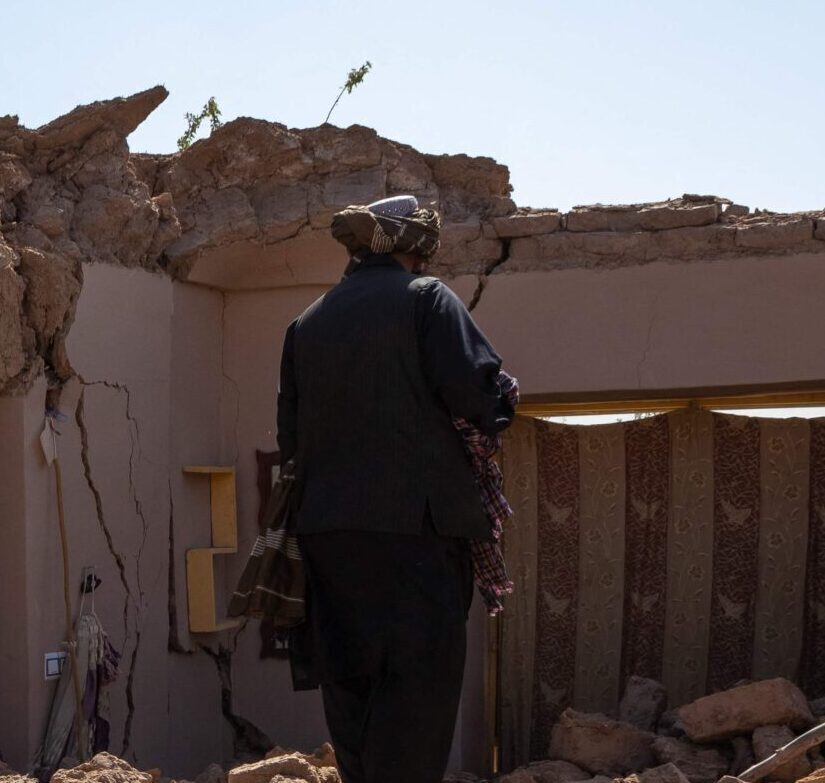How can you ensure your next Facebook post is ‘ethical’? And why is being ethical so important?
Ethics is not mathematics. It’s not clear, like geometry. There are often many ‘correct’ answers to ethical questions.
To understand ethics, I find it helpful to define them as ‘values in action’.
Values are what one stands for and believes in, while ethics are the practical application of those values. For example, ‘being courageous is good and being cowardly is bad’ is a value, but your ethics are what you do when faced with putting that value into action. In the heat of the moment, when the pressure is on, do you act courageously or do you back down – or not act at all?
Marketing and communications staff at iNGOs know all about ethical dilemmas. Communications professionals make many choices, often daily, that sit on this spectrum of ethical rights and wrongs.
Our jobs have been further complicated in recent times with rapid developments in smartphone technology, mobile internet and social media. More stories are being produced, there are more channels to manage and once a story is published, it’s out there for good.
The recent increase in the production and pace of storytelling means organisations have to make more decisions, more quickly. This puts pressure on ethical decision-making systems, many of which were not built for this volume and speed of delivery. The outcome can be poor-quality messaging and a noticeable distance between an organisation’s stated values and the communications they publish.
Earlier this year, while writing ACFID’s guidance materials on how to create an Ethical Decision-Making Framework for Communications (EDMF), I had the chance to review a wide range of resources on ethical communications. Here are five resources that will make you think again:
1
Common Cause Communication: A toolkit for charities
Tom Crompton and Netta Weinstein
Common Cause Foundation, 2015
A must-read. Common Cause uses substantial research data to show why you should seriously consider ‘framing’ your communications toward altruism, rather than egoism and self-interest – for the sake of your cause, as well as your bottom line.
2
Messaging this Moment: A handbook for progressive communicators
Shenker-Osorio, Anat & Centre for Community Change, 2017
A practical handbook on how to create ethical and effective campaign messaging, as written by a “paradigm-challenging, messaging expert”. It’s designed for both grassroots advocacy organisations, as well as larger organisations. Worth consulting before crafting your next campaign.
3
The People in the Pictures
Siobhan Warrington and Jess Crombie
Save the Children United Kingdom, 2017
If you work in story gathering, this is also a must-read. Save the Children commissioned a substantial piece of research into informed-consent best practice. This report outlines the key findings and suggests actions to help create more ethical communications.
4
Child Protection Guidance Note: Use of Images and Social Media
Australian Government Department of Foreign Affairs and Trade, 2017
In 2017, DFAT created new guidance on how to protect children when publishing content on social media. This is an important and practical document for anyone who works in social media and online publishing.
5
Australian Community Managers, 2017
A useful (and succinct) code of ethics for social media managers and community managers.
If you have any other suggested materials on ethical communications, please feel free to share them with ACFID’s Standards and Code Team on [email protected] or (02) 8123 2237.

Jill Farrar
Jill Farrar is a communications consultant with more than 12 years’ experience in marketing and communications in the development sector. Jill is an expert in ethical communications and wrote ACFID’s guide to creating an Ethical Decision-Making Framework for Communications. She has also written ethical storytelling guidelines for Save the Children Australia and worked as a storyteller in Australia and abroad. Jill now consults with a range to not-for-profit organisations, helping them develop ethical communications for their supporters and partners. www.jill-farrar.com









